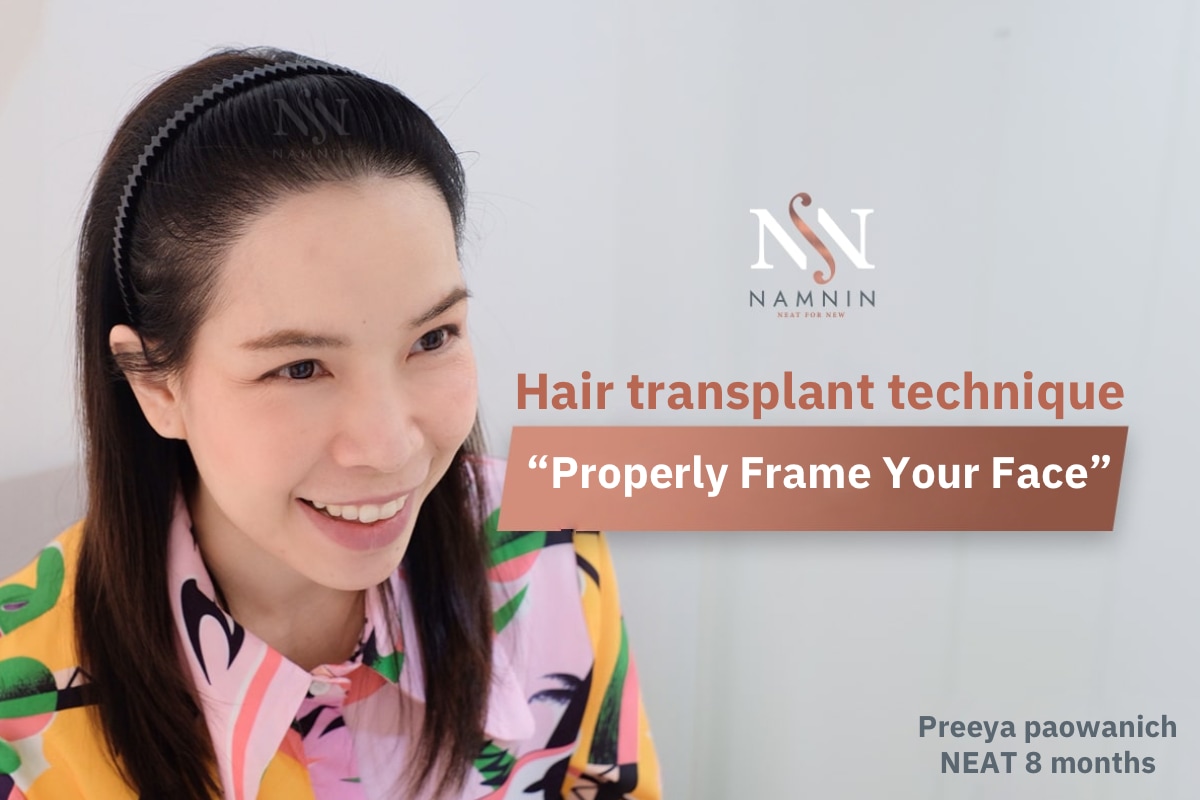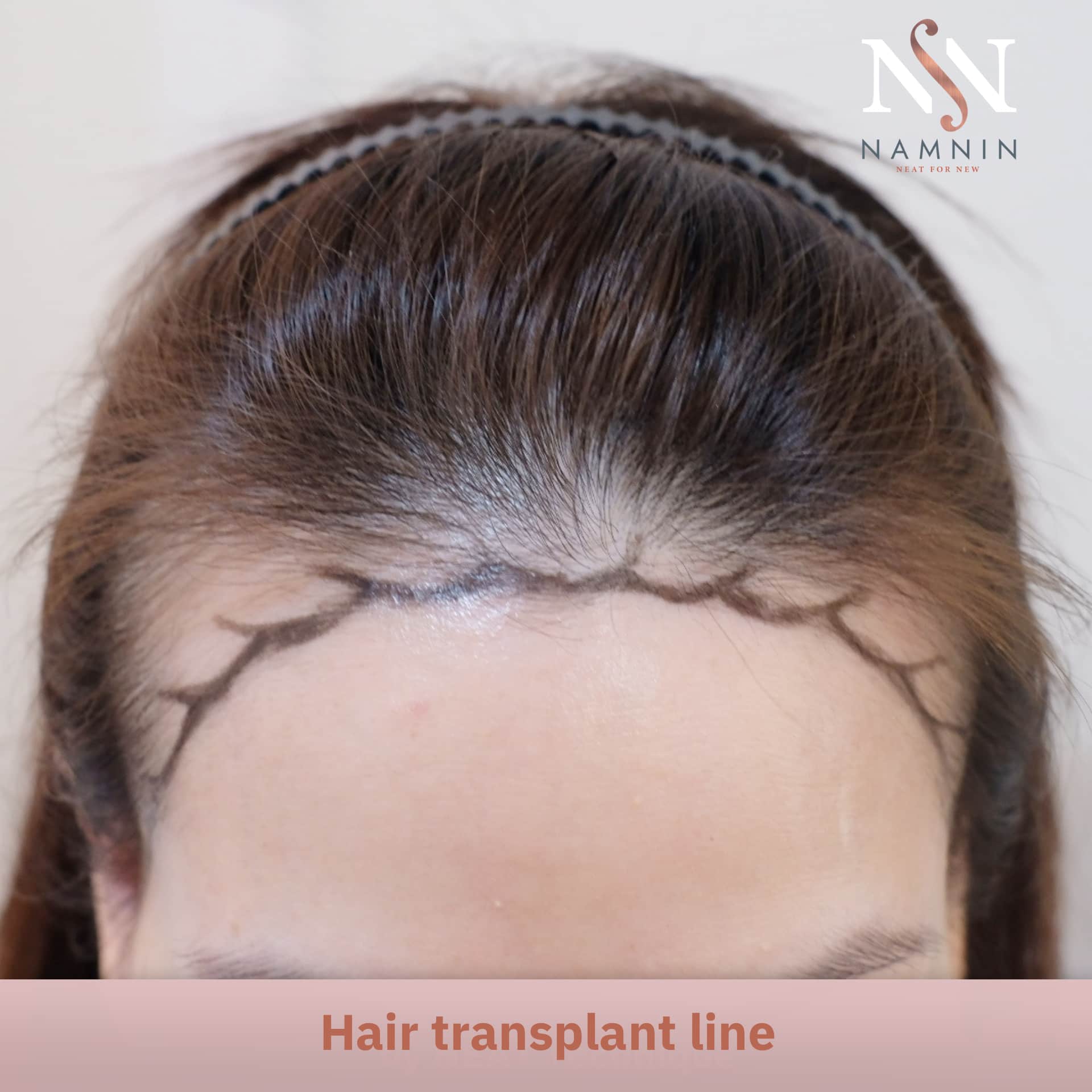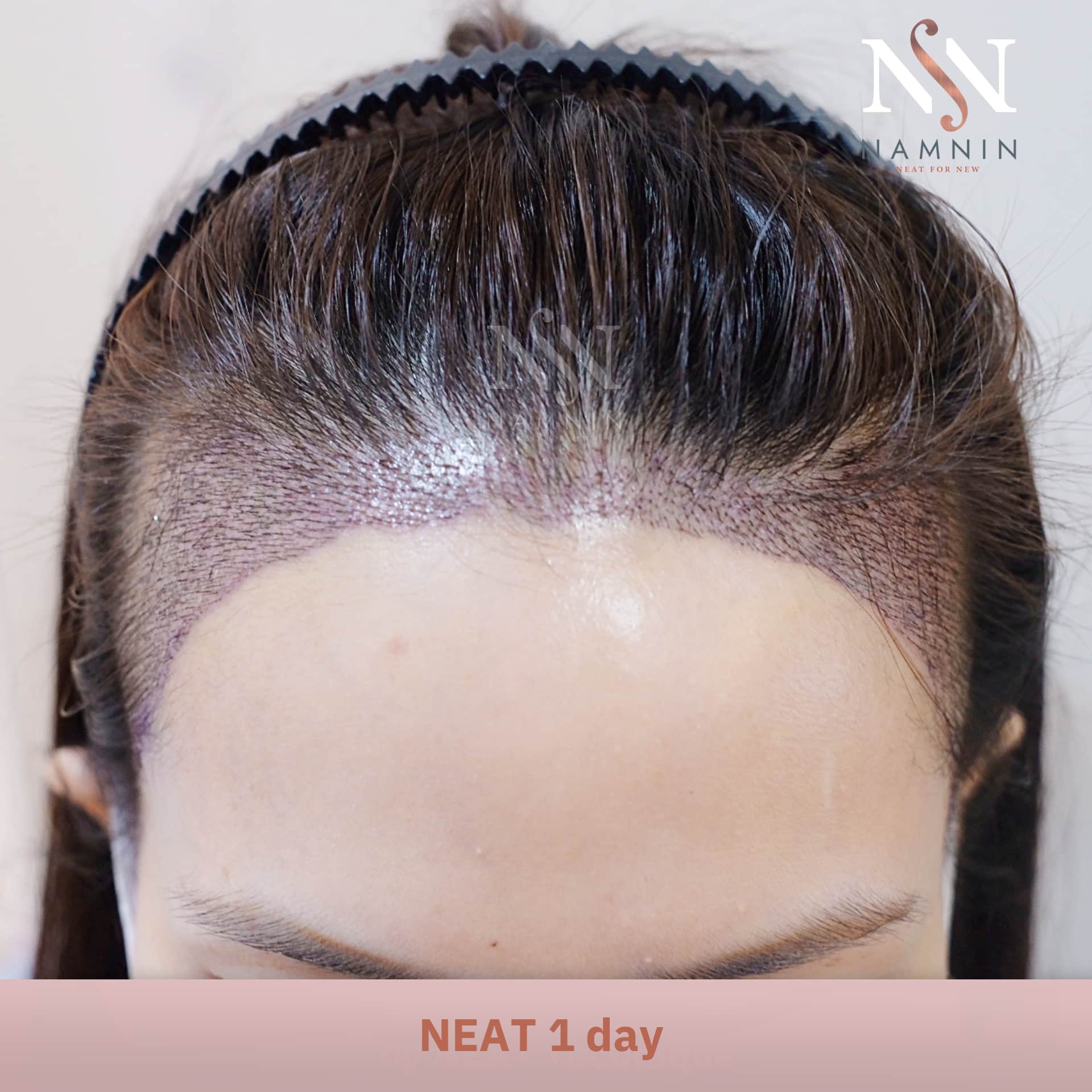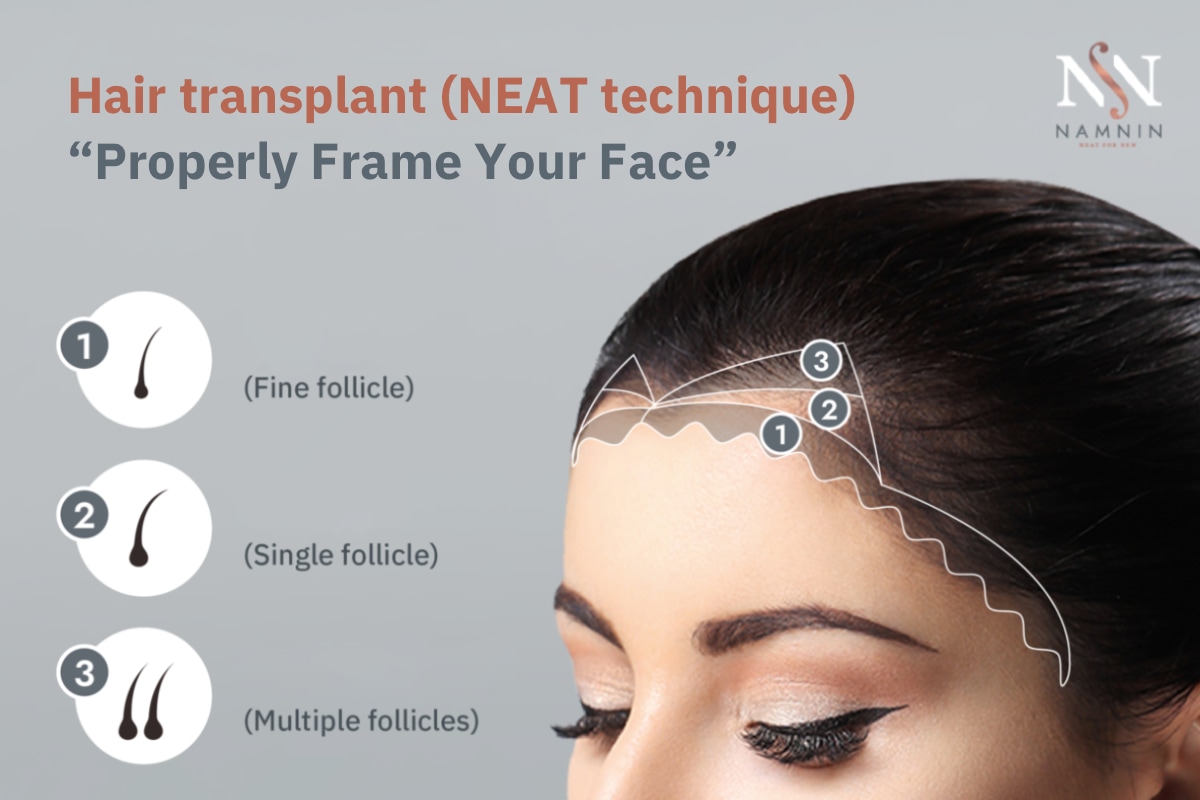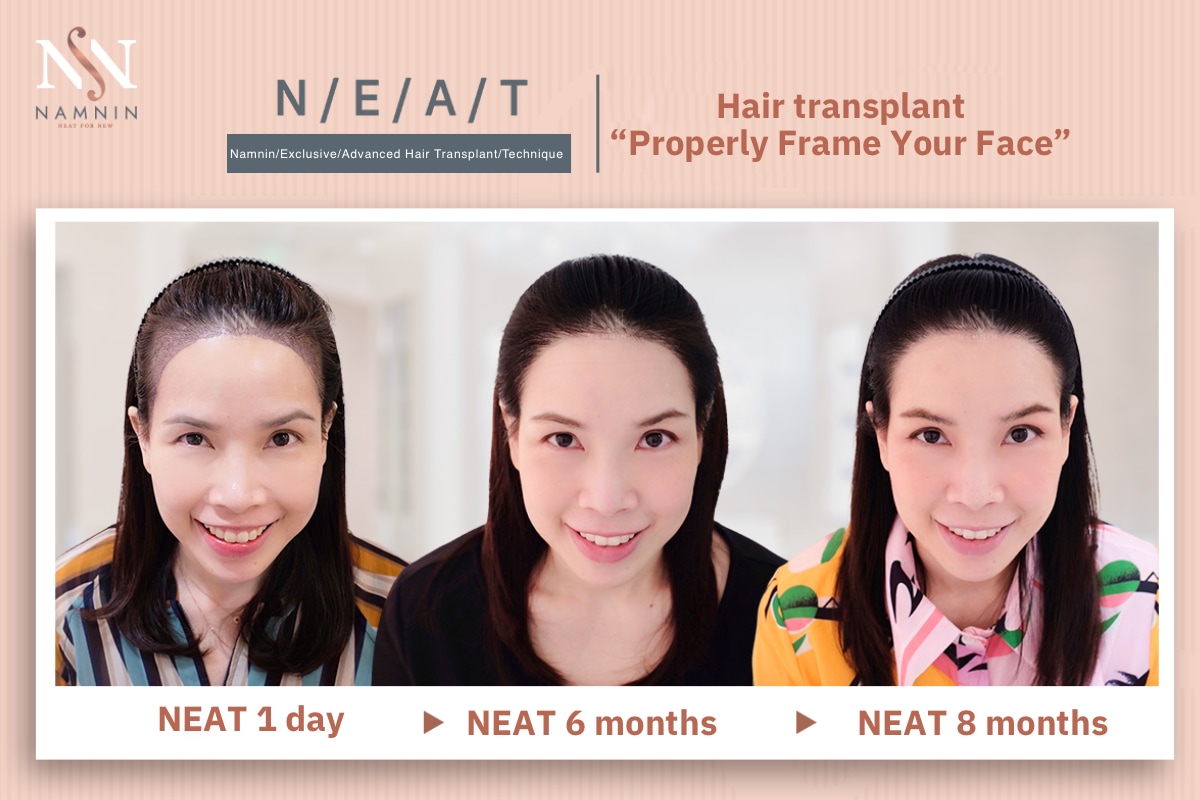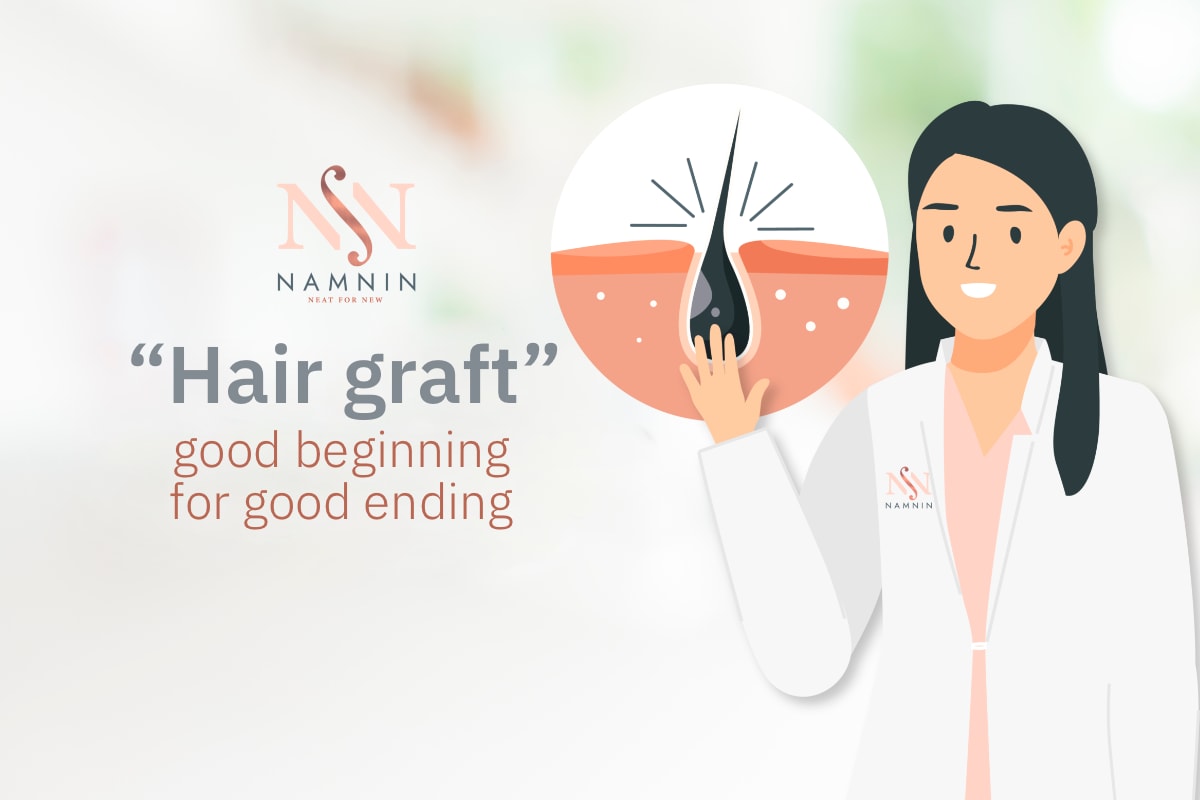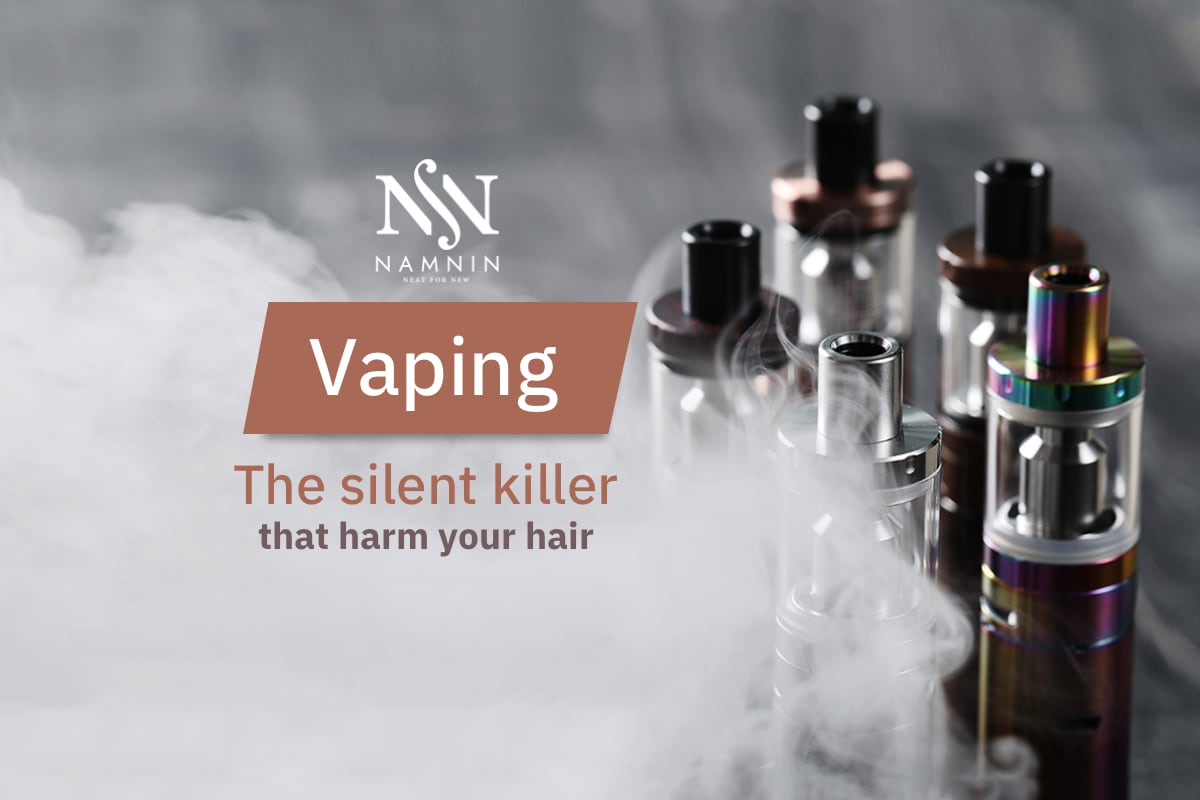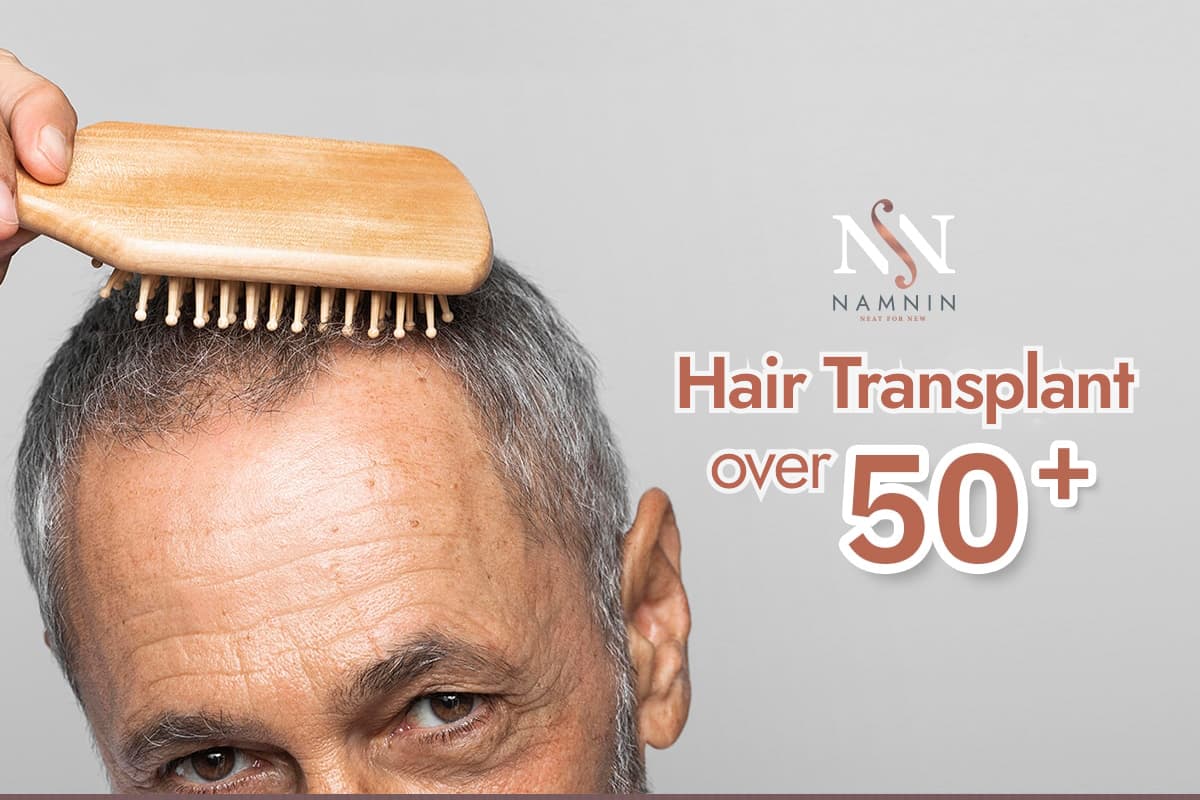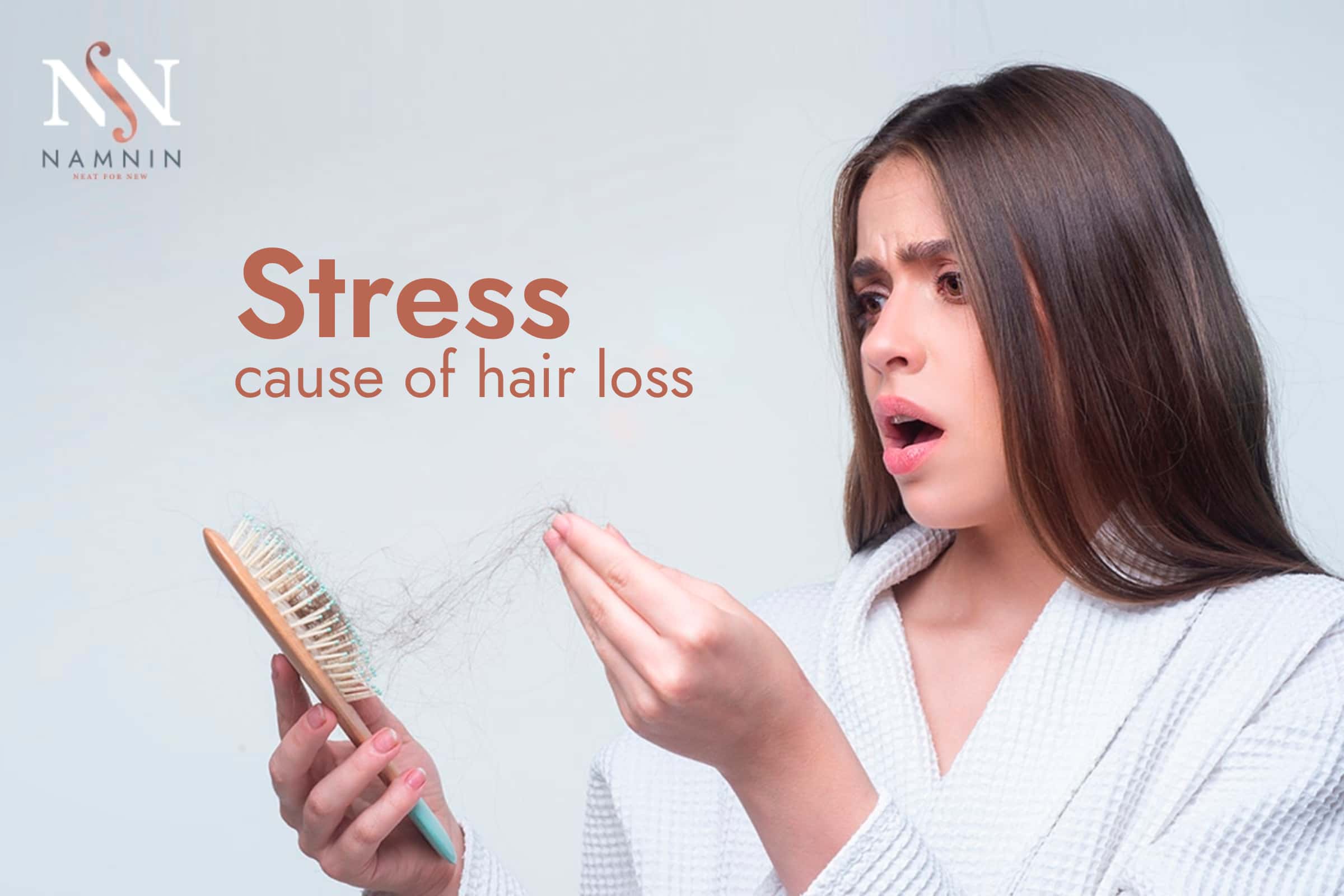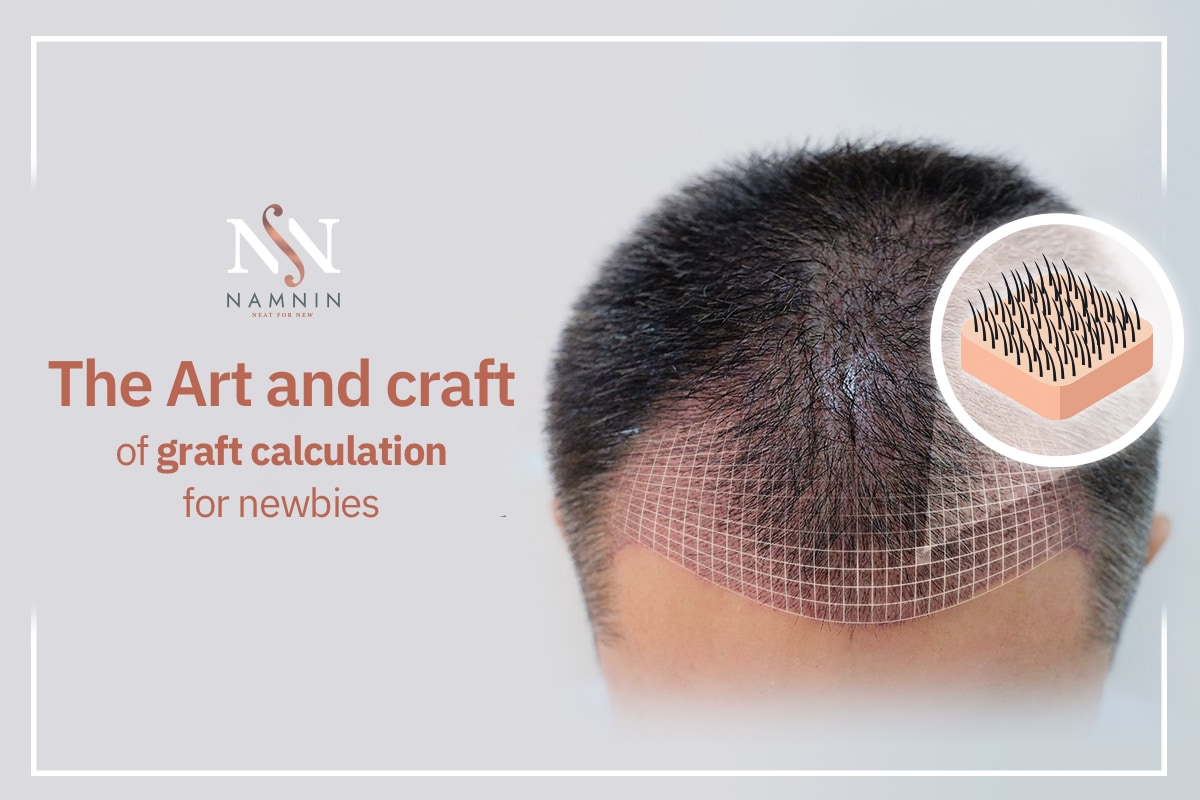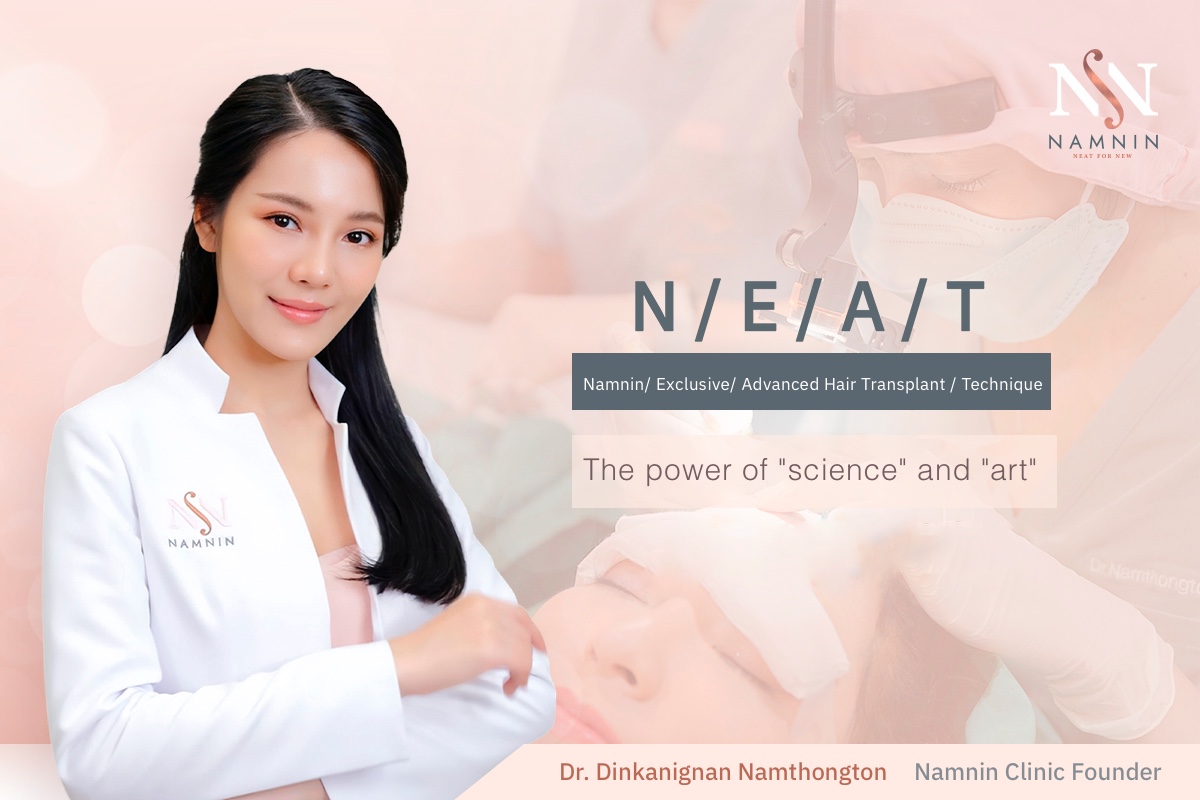To simplify what the hair graft is, we have gathered the useful information that doctors would like to tell their patients the most. Especially about the appropriate assessment of hair graft to be utilized in a hair transplantation because it not only influences the successful outcome of hair transplantation, but also affects the budget in your wallet. To make a hair transplantation worthwhile, the hair graft calculation based on various factors is the key.
..Let's take a closer look behind the scenes of the doctor's work so that a clear picture of hair grafting can be seen in all dimensions...
Did you know that to remove the healthy hair from the back of the head to be implanted on the hair loss or thinning hair area, the doctors don't remove a single hair strand, but a “hair graft” one at a time?
Hair Graft can simply be called a clump of hair because a Hair Graft is a group of hair strands that are gathered together in clumps. Each person has the different number of hair strand in a graft i.e., 1 - 4 strands. In general, the graft is a medical term used to refer to healthy tissue which is taken from a part of the body for repair of others. If you’ve heard of techniques like FUT and FUE before, the F letter stands for Follicular Unit, which is another formal term of hair grafts.

But why do we have to remove the hair graft commonly from the back of the head? This is because the hair follicles in that area are resistant to DHT hormone, which can shrink your hair follicles and shorten the hair growth cycle, resulting in hair loss, thinning hair, as well as baldness. The doctor therefore has always chosen this “beneficial hair” to be implanted into the problem area. Fortunately, these DHT-resistant properties are bound with the hair grafts removed from the Safe Donor Area or Safe Zone, regardless of where they are implanted, even after inserted into a new area. This strength makes the transplanted hair not easy to fall off, and it will be the same for the entire life of the owner of the hair ever.
Why is the Hair Graft Assessment Important?
You may feel relieved when you have heard that we all have the wonder hair with falling-resistant ability, like a spare part stored at the back of the head. However, there is an important question to be answered, “How much beneficial hair do you need to end your hair loss and thinning hair?” or “Do you have your own beneficial hair sufficiently for a successful outcome?”
This is the origin of hair graft assessment performed by Namnin’s expert surgeon. At Namnin, as we have realized the different problems and conditions of each patient, the assessment is performed specifically for each case, called as “Tailor-made” manner, to ensure that an individual assessment is best fit to each of our patients.
Get to know the factors in assessing the hair grafts
Beneficial Hair at the Safe Donor Zone
Each person has the different number of beneficial hair at the Safe Donor Area or Safe Zone, located at the back of the head. If you have dense hair on this area, your hair transplantation will be much easier than those with low density hair. If you are the one in that latter group, your doctor will help you develop an appropriate plan for effective use of the existing beneficial hair grafts. Otherwise, the back of your head will become too thin after the hair grafts have been removed.
In addition to the different number of the beneficial hair, the quality is another equally important factor. The physician needs to analyze the strength, thickness, as well as the number of hair strands in each graft, approximately 1-4 hair strands. For those with thin hair, each graft has only 1-2 strands. That means more hair grafts are needed, compared with the ones whose graft consists of 1-4 strands.
Area of hair loss and thinning hair
After surveying the readiness of beneficial hair, now comes the step of analyzing the severity of the hair problem in the recipient area. The severity of problem is literally different. Some people are experiencing the very first sign of hair loss or thinning hair, while some are suffering from balding area, clearly visible, on the scalp. At once, the recipient area will also be considered whether it is on the front hairline or in the crown, and how severe it is. All the different patterns and severities require the different number of hair grafts and implantation density.
Hair Density
Have you ever wondered how many hair grafts do you have in 1 square centimeter of your scalp? The answer is variable, depending on the density of natural hair of each person. On average, humans have about 80 -100 hair grafts/square centimeter.
In general, each time of hair transplantation requires 60-80% of total area, considered sufficient. However, it depends on the nature of the hair problem as well. For example, if the patient is experiencing the balding, he or she may need fully harvesting of grafts. In contrast, if the patient just wants the denser look of his/her hair, only 50 percent or less is enough.
Supportively, the physician will help you forecast the long-term treatment plan. Especially for the patients whose beneficial hair is limited, or another hair transplantation may be needed in the future. It is necessary to keep this beneficial hair in reserve just in case.
Hair Transplantation Techniques
With the innovation of hair transplantation techniques, the surgeon can select the best technique to fit the different hair density of each patient. Going back to the conventional FUE technique, the hair grafts could be harvested only about 30-40 hair grafts per square centimeter because it used a needle to pierce the skin and then used forceps to place the grafts in the recipient area. This caused the scalp tense that led to the grafts pushed out easily if too many grafts were implanted.
At Namnin, with our own-invented NEAT technique, developed and leveled up from the (DHI or Direct Hair Implantation) FUE technique, a tiny implanter, only 0.60 mm in sizes, imported from abroad is used instead of the conventional needle. With this handy device, we can penetrate the skin and implant the hair grafts into the scalp simultaneously. NEAT technique enables the hair graft insertion with the density up to 55-60 hair grafts/square centimeter.
Hair graft calculation formula
How to make hair transplant worthwhile
The most concern when taking about hair transplantation is the cost of hair transplantation inevitably. How much to invest? Will it be worth paying? The following formula is what the doctors actually use in cost calculation.
Cost = price per hair graft (depending on technique applied) x the number of hair grafts required
This formula looks simple but various factors, as said before, need to be considered when performing an assessment. This seems to be a complicated challenge for the physician because each patient has hair problems or limitations differently. Therefore, consulting with an expert physician in person will help you and your physician perform assessment and analysis accurately, generating the effective path to the successful hair transplantation that meets the patients’ needs and expectations.
Why inserting new hair grafts needs an expert physician?
The surgeon not only assesses, analyzes, and calculates the appropriate hair graft allocation but also supervises and performs the procedure herself to ensure that the beneficial hair has been used in the most effective manner.
The procedure starts with removing the hair grafts from the back of the head (occipital scalp). Namnin has invented a stepped-removal technique that helps hide small wounds perfectly. The next step is to maintain the quality of hair grafts to be used later. The hair graft removed must be soaked in the holding solution to preserve the moisture and temperature appropriately. This is to keep the metabolic rate low that helps extend the lifespan of cells even when they are outside the body. During this process, it’s a race against time to get the hair grafts transplanted, the soonest.
Simultaneously, the surgeon carefully dissects the hair grafts, and then sorts them out according to the numbers of hairs they contain. In addition, the hair grafts are sorted by size and thickness to suit the recipient area. For example, the forehead hairline needs a single-strand graft which is small and thin, for a natural look.
Once the hair graft has been trimmed, the surgeon will use a tiny implanter to implant the hair grafts meticulously, taking into account the proper direction, orientation, exit angle, density, and depth. This is a procedure that relies on the accumulated experiences and expertise of a true doctor.
The short course of “Knowing Hair Graft” has come to an end. With the useful information given in this section, now you could talk with a doctor and also choose the right treatment that meets your needs more easily.
